Emergency Drills: A Must for Every Household
In today's unpredictable world, the phrase "better safe than sorry" has never rung truer. Emergencies can strike at any moment, whether it's a sudden fire, an unexpected earthquake, or a medical crisis. This is where emergency drills come into play. They serve as a lifeline, equipping families with the knowledge and skills needed to react swiftly and effectively when disaster strikes. Just imagine being in a situation where every second counts, and knowing exactly what to do could save lives. That's the power of regular emergency drills!
Not only do these drills prepare you for potential crises, but they also create a sense of unity and teamwork within the household. When family members practice together, they build trust and confidence in one another, which is invaluable in stressful situations. So, why should every household prioritize emergency drills? The answer is simple: preparedness breeds peace of mind. When you know you've taken the necessary steps to protect your loved ones, you can face the world with a little more assurance.
Throughout this article, we will delve into the various types of emergency drills, how to prepare for them, and the myriad benefits they offer. Whether you're a new parent, a seasoned homeowner, or just someone who values safety, understanding and implementing these drills is essential. So, let’s get started on this journey towards making your home a safer place!
Emergency drills are structured practices designed to prepare individuals for various crisis situations. They serve as rehearsals for real-life emergencies, allowing families to familiarize themselves with the necessary procedures and actions. Imagine a fire alarm ringing in your home—how would you react? Would you know the quickest exit, or how to help a family member who needs assistance? This is where the significance of emergency drills shines through.
By regularly practicing these drills, families can develop a sense of readiness and confidence. It's not just about knowing what to do; it's about creating muscle memory and reducing the time it takes to respond. Each drill focuses on a specific type of emergency, ensuring that everyone in the household understands their role and the steps they need to take. In the following sections, we will explore the different types of drills and their importance in promoting safety and readiness within your home.
There are several types of emergency drills, each designed to address specific situations. Understanding these types can help you tailor your practice sessions to your household's unique needs. Here are the most common types of drills you should consider:
- Fire Drills: Simulate evacuation procedures during a fire emergency.
- Earthquake Drills: Prepare households for seismic events.
- Medical Response Drills: Teach family members how to handle medical emergencies.
Each type serves a specific purpose and helps families develop appropriate responses in critical situations. By incorporating these drills into your routine, you can ensure that your family is well-prepared for whatever challenges may come your way.
Fire drills are crucial for teaching families how to respond in the event of a fire. They simulate evacuation procedures, helping everyone understand the quickest and safest ways to exit the home. Conducting effective fire drills involves more than just sounding an alarm; it requires a well-thought-out plan and regular practice.
A well-defined fire escape plan is crucial for safety. Here are some steps to create an effective plan:
- Identify all possible exits in your home.
- Designate a meeting point outside where everyone will gather.
- Ensure that all family members know their roles during an evacuation.
By having a clear plan in place, you can ensure that everyone knows what to do in case of a fire emergency.
Regularly practicing fire drills reinforces the escape plan. Here are some tips for conducting realistic fire drills:
- Schedule drills at different times of the day to mimic real-life scenarios.
- Encourage family members to treat the drill seriously.
- Evaluate the drill afterward and discuss what went well and what could be improved.
This not only engages all family members but also improves response times, making your household more prepared for emergencies.
Earthquake drills prepare households for seismic events. Knowing how to respond during an earthquake can make all the difference. Families should practice "Drop, Cover, and Hold On," which involves dropping to the ground, taking cover under sturdy furniture, and holding on until the shaking stops. This simple yet effective method can save lives.
Conducting regular emergency drills offers numerous benefits. They enhance preparedness, reduce panic, and foster teamwork among family members during emergencies. By practicing together, families can build a strong foundation of trust and communication, which is essential during crises.
Regular practice helps family members feel more confident in their ability to respond during crises. Familiarity with procedures can significantly reduce panic, allowing everyone to think clearly and act decisively. Imagine the difference it makes when you're not scrambling for answers but instead executing a practiced plan!
Emergency drills encourage collaboration and clear communication among family members. This strengthens relationships and improves overall family dynamics in stressful situations. When everyone knows their role, it creates a sense of unity and purpose, making it easier to navigate through emergencies together.
Q: How often should we conduct emergency drills?
A: It's recommended to conduct drills at least twice a year, but more frequent practice can enhance preparedness.
Q: What should we do if someone is unable to participate in the drills?
A: Make sure to include them in the planning process so they understand the plan. You can also assign someone to assist them during an actual emergency.
Q: Are there specific drills for pets?
A: Yes! Include your pets in your emergency plans by designating a safe place for them and practicing how to evacuate them quickly.
In conclusion, emergency drills are not just a precaution; they are a vital part of family safety. By understanding their importance and implementing regular practices, you empower your household to face emergencies with confidence and clarity.

Understanding Emergency Drills
This article emphasizes the importance of conducting emergency drills in households. It covers various types of drills, preparation strategies, and the benefits of being well-prepared for unexpected situations.
Emergency drills are structured practices designed to prepare individuals for various crisis situations that can arise unexpectedly. Think of them as a rehearsal for life’s unpredictable moments, where being prepared can make all the difference between chaos and calm. Just like actors practice their lines before a performance, families need to practice their responses to emergencies. These drills not only familiarize family members with safety procedures but also instill a sense of confidence and readiness.
There are several types of emergency drills, each tailored to address specific scenarios. For instance, fire drills focus on evacuation procedures, while earthquake drills emphasize safety measures during seismic events. Understanding the different types of drills is crucial because each serves a unique purpose in promoting safety and readiness within the household. Here’s a brief overview of the types of drills:
| Type of Drill | Purpose |
|---|---|
| Fire Drill | Practice evacuation and escape routes during a fire emergency. |
| Earthquake Drill | Prepare for seismic events by practicing “Drop, Cover, and Hold On.” |
| Medical Response Drill | Train family members on how to respond to medical emergencies. |
By regularly conducting these drills, families can develop appropriate responses to critical situations. It’s not just about knowing what to do; it’s about embedding these actions into muscle memory. When an emergency strikes, there’s no time to think—only time to act. Therefore, the more familiar everyone is with the procedures, the more likely they are to respond effectively and safely.
Moreover, emergency drills can also be a bonding experience for families. They provide an opportunity to come together, discuss safety, and ensure that everyone is on the same page. Imagine the peace of mind that comes with knowing your loved ones are prepared for anything life throws at you. Isn’t that worth a little practice?
In conclusion, understanding and implementing emergency drills is a critical step toward ensuring the safety and well-being of your household. They are not just about reacting to emergencies but about fostering a proactive mindset that values preparedness and teamwork. So, gather your family, discuss the different drills, and get practicing. After all, safety is a shared responsibility!
There are several types of emergency drills, including fire, earthquake, and medical response drills. Each type serves a specific purpose and helps families develop appropriate responses in critical situations.
Fire drills simulate evacuation procedures during a fire emergency. This segment will discuss how to conduct effective fire drills and the importance of practicing escape routes regularly.
A well-defined fire escape plan is crucial for safety. This subsection outlines steps to create an effective plan, ensuring all family members know their roles and escape routes.
Regularly practicing fire drills reinforces the escape plan. This section highlights tips for conducting realistic fire drills that engage all family members and improve response times.
Earthquake drills prepare households for seismic events. This part will cover the recommended practices to ensure family members know how to respond during an earthquake.
Conducting regular emergency drills offers numerous benefits. This section discusses how drills enhance preparedness, reduce panic, and foster teamwork among family members during emergencies.
Regular practice helps family members feel more confident in their ability to respond during crises. This subsection emphasizes how familiarity with procedures can significantly reduce panic.
Emergency drills encourage collaboration and clear communication among family members. This segment explores how drills can strengthen relationships and improve overall family dynamics in stressful situations.
- How often should we conduct emergency drills? It’s recommended to practice drills at least twice a year to keep everyone familiar with the procedures.
- What if my family members are not available during a drill? It’s important to communicate the plan to everyone, but practicing with those available is still beneficial.
- Are there specific drills for pets? Yes, consider including your pets in your emergency plans and practice how to evacuate them safely.

Types of Emergency Drills
When it comes to ensuring the safety of your household, understanding the different types of emergency drills is essential. These drills are not just a formality; they are a vital part of a comprehensive safety strategy that can make a significant difference in times of crisis. Each type of drill serves a unique purpose, allowing family members to practice their responses to specific emergencies. By familiarizing yourself with these drills, you can tailor your preparedness efforts to address the most likely scenarios you might face.
Let's take a closer look at some of the most common types of emergency drills that every household should consider implementing:
- Fire Drills: These drills simulate evacuation procedures during a fire emergency, allowing families to practice their escape routes and identify safe meeting points.
- Earthquake Drills: These prepare households for seismic events, teaching family members how to "Drop, Cover, and Hold On" during an earthquake.
- Medical Response Drills: These drills educate family members on how to respond to medical emergencies, including CPR and first aid techniques.
Each of these drills addresses different scenarios, but they all share a common goal: to prepare individuals to react swiftly and effectively in emergencies. For instance, fire drills are essential because they help families practice evacuating their home quickly and safely. It's crucial to identify the quickest routes out of the house and establish a designated meeting place outside. Earthquake drills, on the other hand, focus on safety during a seismic event, teaching family members to seek shelter under sturdy furniture and protect their heads and necks. Meanwhile, medical response drills can be lifesaving, as they empower individuals to act decisively in critical situations.
Moreover, conducting these drills regularly can help reinforce the knowledge and skills needed to respond effectively. Just like athletes practice their plays repeatedly, families should practice their emergency responses. The more familiar everyone is with the procedures, the more confident they will feel when an actual emergency occurs.
In conclusion, understanding the various types of emergency drills is the first step toward creating a safer household. By incorporating fire, earthquake, and medical response drills into your family's routine, you not only prepare for potential emergencies but also foster a culture of safety and readiness. Remember, the goal is not just to memorize procedures but to create a sense of teamwork and assurance that everyone knows what to do when the unexpected happens.
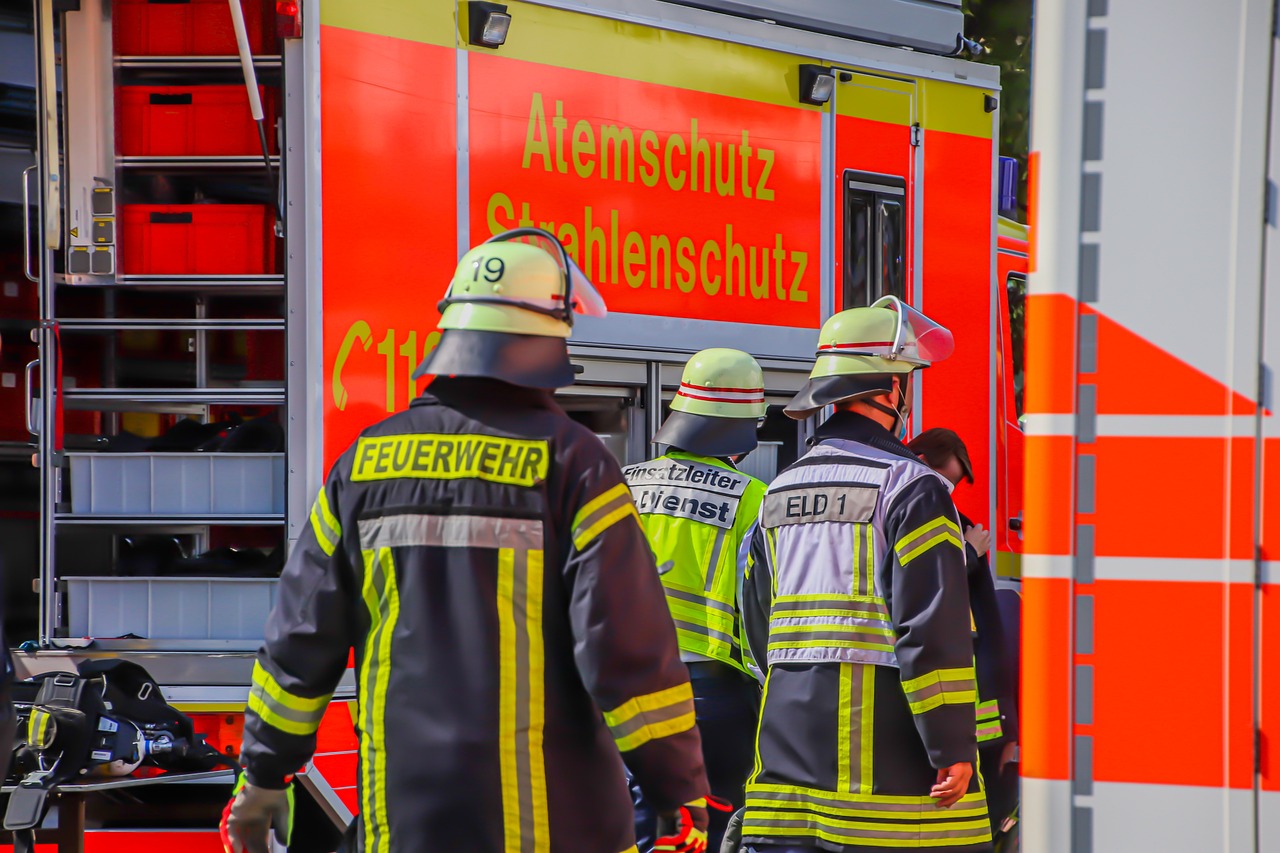
Fire Drills
Fire drills are not just a routine; they are a vital part of ensuring your family's safety in the event of a fire. Imagine this: a sudden alarm blares, smoke fills the air, and panic sets in. Now, picture your family calmly executing a practiced escape plan. This is the power of regular fire drills. They equip everyone with the knowledge and confidence to act swiftly and decisively when it matters most.
Conducting effective fire drills involves more than just a once-a-year practice. It requires a well-thought-out strategy that engages every family member. Start by establishing a clear understanding of what a fire drill entails. This includes knowing the sound of the alarm, recognizing the quickest escape routes, and identifying a safe meeting point outside the home. It's essential that everyone, including children, understands their role during a fire emergency.
To create a comprehensive fire escape plan, consider the following steps:
- Identify exits: Walk through your home and pinpoint all possible exits. This includes doors and windows.
- Designate a meeting point: Choose a safe location outside where everyone will gather after evacuating.
- Assign responsibilities: Designate who will help younger children or pets during an evacuation.
- Practice regularly: Schedule drills at least twice a year to keep everyone sharp and aware.
Once your plan is in place, it's time to put it into action. Regularly practicing fire drills not only reinforces the escape plan but also helps to identify any potential weaknesses in your strategy. For instance, during a drill, you might discover that a particular exit is blocked by furniture or that a family member is unsure how to open a window in an emergency. Addressing these issues ahead of time can save precious seconds during an actual emergency.
When conducting fire drills, make them as realistic as possible. Use the actual fire alarm system if you have one, and simulate smoke conditions by using a fog machine or simply closing doors to create a more challenging environment. Encourage everyone to treat the drill seriously, as this mindset will help them react appropriately during a real fire. Remember, the goal is to create muscle memory so that when the alarm rings, your family can move quickly and efficiently.
Finally, after each drill, hold a brief family meeting to discuss what went well and what could be improved. This reflection is crucial for continuous improvement and ensures that everyone feels comfortable and confident in their roles. By fostering an environment of open communication, you not only enhance safety but also strengthen family bonds through teamwork and shared experiences.
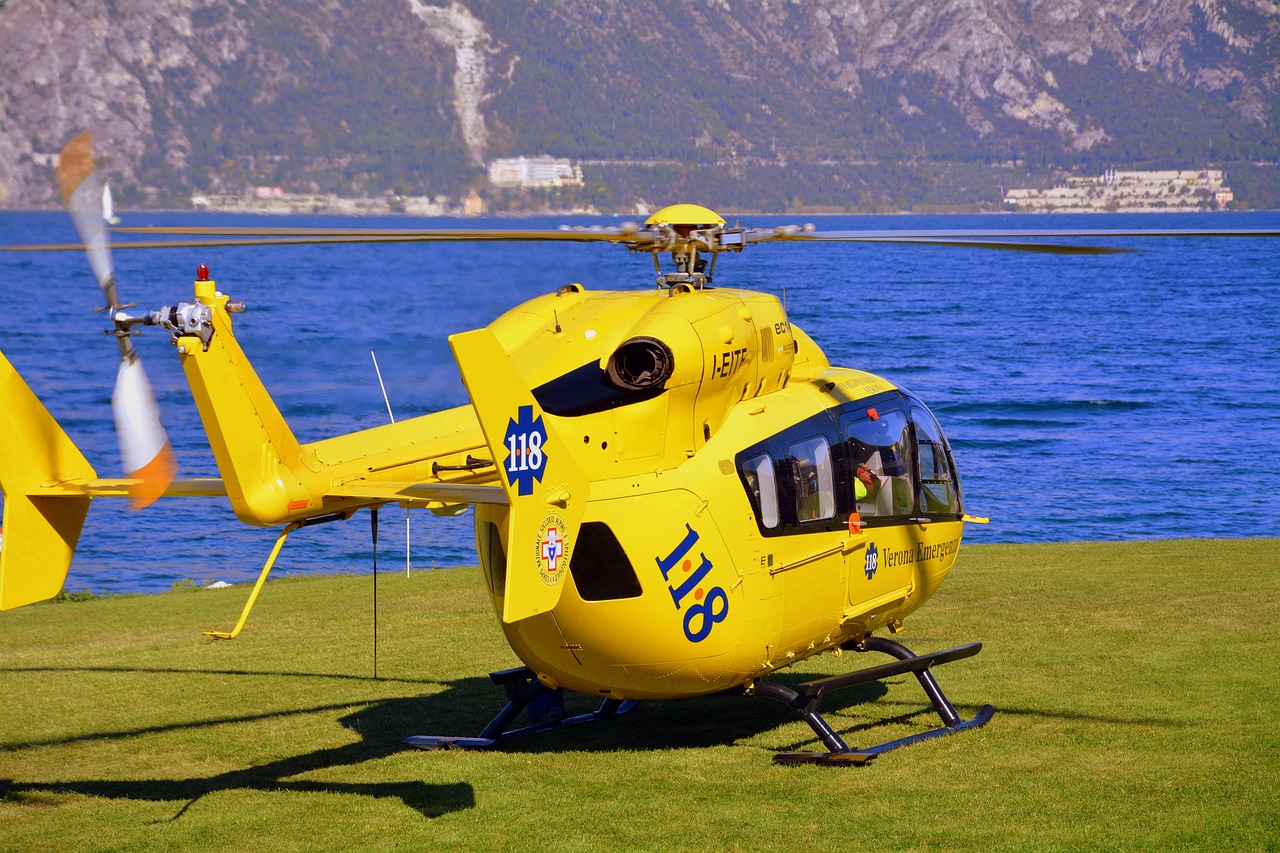
Creating a Fire Escape Plan
When it comes to ensuring the safety of your loved ones during a fire, having a well-defined fire escape plan is absolutely crucial. Think of this plan as your family's lifeline in a crisis; it’s not just a set of instructions, but a roadmap to safety. To kick things off, gather your family in a common area and discuss the importance of the escape plan. It's essential that everyone understands why this plan exists and how it can save lives.
Start by identifying all possible exits in your home. This includes doors, windows, and any other escape routes. Make sure to consider the age and mobility of each family member when planning. For instance, if you have young children or elderly relatives, ensure that all escape routes are accessible to them. You can create a simple diagram of your home layout, marking the exits clearly. This visual aid can be a great way to help everyone remember the routes.
Next, designate a safe meeting place outside your home where everyone will gather after escaping. This could be a neighbor’s house, a tree, or any landmark that is easy to identify. Make sure to communicate this meeting point clearly to all family members, so there’s no confusion during an actual emergency. It's also wise to practice this regularly; just like a fire drill, a practice run of your escape plan can help solidify the routes and meeting point in everyone’s mind.
Additionally, consider the use of a fire safety checklist. This checklist can include items such as:
- Identifying all exits
- Establishing a meeting place
- Designating a family member to call 911
- Practicing the escape plan at least twice a year
It's also important to teach family members how to respond if they encounter smoke. Remind them to stay low to the ground, as smoke rises and can quickly fill a room. This knowledge can be the difference between safety and danger. Finally, make sure that everyone knows not to return to the house for belongings; their safety is the top priority.
In conclusion, creating a fire escape plan is not just a task to check off a list; it’s about instilling a sense of security and preparedness within your household. By taking the time to develop and practice this plan, you’re not only protecting your family but also empowering them to act quickly and efficiently in an emergency. Remember, in the event of a fire, every second counts, and being prepared can make all the difference.
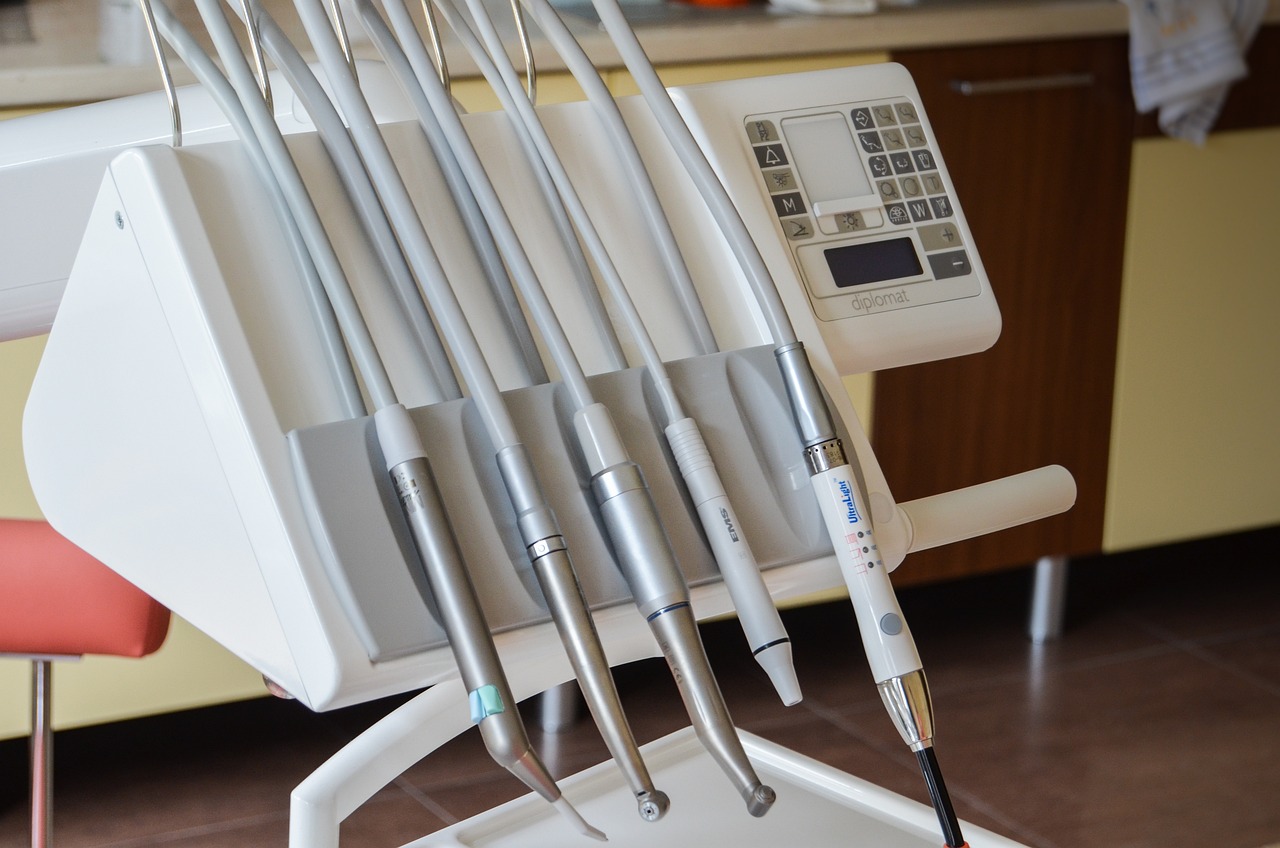
Conducting Fire Drill Practices
Conducting fire drill practices is not just a formality; it is an essential ritual that can save lives. Imagine a scenario where a fire breaks out in your home. Wouldn't you want to know exactly what to do without panicking? That's where regular fire drills come into play. These practices help families familiarize themselves with escape routes, understand their roles during an emergency, and develop a sense of urgency that can be crucial in real-life situations.
To start, you need to set a schedule for your fire drills. Aim for at least twice a year, but if you can do it more frequently, even better! Choose a day when everyone is home, and make it a family event. You could even turn it into a game to lighten the mood. For example, you could time how quickly everyone can exit the house and reward the fastest team member. This not only makes the drill more engaging but also fosters a sense of teamwork and camaraderie among family members.
When conducting the drill, ensure that everyone knows the escape routes. Walk through the house and identify multiple exits from each room. You might want to create a simple fire escape map that you can post in visible areas around your home. This map should highlight all exits and safe meeting points outside the house. Make sure to practice using different routes each time to ensure everyone is prepared for various scenarios.
Another critical aspect of fire drills is simulating real-life conditions. This means practicing under different circumstances, such as during the night when visibility is low or when the household is busy. Consider using a smoke machine or even a simple fog machine to create a more realistic environment. This will help family members learn to navigate through smoke and develop strategies for staying low to the ground, which is crucial in a fire situation.
After each drill, take a moment to sit down as a family and discuss what went well and what could be improved. This debriefing session is vital for reinforcing the lessons learned and making necessary adjustments to your fire escape plan. Encourage open communication, allowing everyone to voice their thoughts and feelings about the drill. This will not only improve future drills but also enhance the overall preparedness of your household.
In summary, conducting fire drill practices is about more than just checking off a box on a safety list. It’s about creating a culture of safety within your home. With each drill, you’re not just preparing for a potential emergency; you’re building confidence, fostering teamwork, and ensuring that every family member knows exactly what to do when it matters most. So, gather your family, set a date, and make fire drills a regular part of your household routine!
- How often should we conduct fire drills? It's recommended to practice fire drills at least twice a year, but more frequent drills can enhance preparedness.
- What should we include in our fire escape plan? Your plan should include all possible escape routes, a designated meeting point outside, and roles for each family member.
- How can we make fire drills more engaging for kids? Turn the drills into a game by timing exits or rewarding participation to keep kids interested and involved.
- What should we do if someone is unable to escape? Assign a family member to stay behind and help them, ensuring that everyone knows this role in advance.

Earthquake Drills
Earthquake drills are essential practices that prepare households for the unexpected tremors of seismic events. Imagine the ground suddenly shaking beneath your feet—how would you react? Would you know where to go or what to do? These drills are not just about safety; they’re about empowering every family member with the knowledge and confidence to respond effectively when the earth starts to rumble. By simulating an earthquake scenario, families can identify safe spots in their homes and practice the necessary procedures to protect themselves and each other.
When conducting an earthquake drill, it’s crucial to educate everyone on the basic safety measures. The mantra "Drop, Cover, and Hold On" is a simple yet effective way to remember what to do during an earthquake. Here’s a brief breakdown:
- Drop: Get down on your hands and knees to prevent being knocked over.
- Cover: Take cover under a sturdy piece of furniture, like a table or desk, to shield yourself from falling debris.
- Hold On: Hold on to your shelter until the shaking stops, and be prepared to move with it if it shifts.
To ensure that your family is well-prepared, it’s important to practice these steps regularly. You might want to set a schedule—perhaps once every few months—to conduct a full-scale drill. This repetition not only reinforces the procedures but also helps family members become more familiar with their surroundings. Consider creating a designated safe area in your home, such as a corner of a room away from windows and heavy furniture, where everyone knows to go during an earthquake.
Additionally, it’s beneficial to discuss what to do after the shaking stops. Often, the aftermath can be just as dangerous as the earthquake itself, with potential hazards like gas leaks or fallen objects. Make sure to have a plan for assessing the situation, checking on each other, and contacting emergency services if necessary. Having a family communication plan in place is also vital, especially if family members are separated during an earthquake. Designate a meeting point outside your home where everyone can gather safely.
Remember, the goal of these drills is not to instill fear but to build confidence. The more familiar everyone is with the procedures, the less panic there will be when a real earthquake occurs. So, gather your family, create a plan, and practice those drills. You’ll not only enhance your family’s safety but also foster a sense of unity and preparedness that can make all the difference in an emergency.
Q1: How often should we conduct earthquake drills?
A1: It's recommended to conduct earthquake drills at least twice a year. Regular practice helps family members remember the procedures and stay calm during an actual event.
Q2: What if we live in an area with a low risk of earthquakes?
A2: Even if you live in a low-risk area, it's still wise to prepare for all types of emergencies. Earthquakes can occur unexpectedly, and having a plan in place can save lives.
Q3: Are there specific supplies we should have for earthquake preparedness?
A3: Yes, it’s important to have an emergency kit that includes water, non-perishable food, a flashlight, batteries, a first-aid kit, and any necessary medications. Make sure everyone knows where the kit is stored.
Q4: Can children participate in earthquake drills?
A4: Absolutely! Involving children in the drills not only teaches them valuable safety skills but also helps them feel more secure and prepared in case of an emergency.
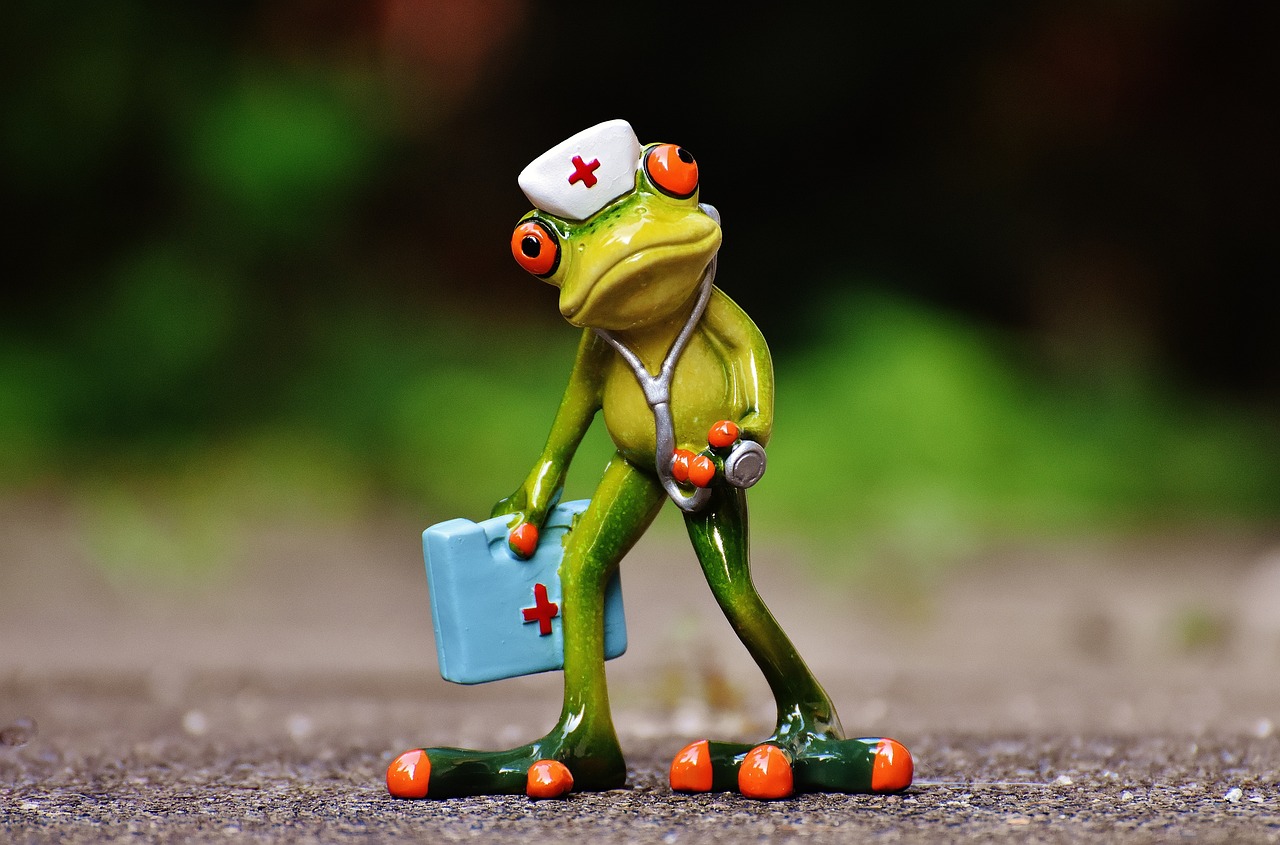
Benefits of Regular Drills
Conducting regular emergency drills offers a plethora of benefits that extend beyond mere preparedness. Imagine your family facing an unexpected crisis, such as a fire or an earthquake. In these moments, having a practiced plan can be the difference between chaos and calm. Regular drills not only enhance your family's readiness but also serve to bolster confidence and cohesion among family members. When everyone knows what to do, panic is significantly reduced, allowing for a quicker and more effective response.
One of the most significant advantages of regular drills is the boost in confidence they provide. When family members participate in drills, they become familiar with the procedures and escape routes. This familiarity breeds a sense of assurance that they can handle emergencies. For instance, think about how you feel when you practice a presentation multiple times before the actual event. The more you practice, the less anxious you become. The same principle applies to emergency drills. The more you rehearse, the more adept you become at responding in real-life situations.
Furthermore, regular drills foster a sense of teamwork and communication within the household. When a family practices together, they learn to work as a cohesive unit. This collaboration is crucial during emergencies when clear communication can make all the difference. For example, if a fire breaks out, knowing who is responsible for checking on younger siblings or pets can streamline the process and ensure everyone gets out safely. The shared experience of practicing these drills can strengthen bonds and improve overall family dynamics.
In addition to building confidence and teamwork, regular drills also help in identifying potential weaknesses in your emergency plans. Perhaps during a fire drill, you realize that one of the escape routes is blocked or that a family member doesn’t know how to operate the fire alarm. These realizations are invaluable as they provide opportunities to refine and improve your emergency strategies. Regular practice allows you to adapt your plans as needed, ensuring that they remain effective and relevant.
Moreover, the act of practicing drills can also serve as an educational tool for younger family members. It’s a way to teach them about safety and the importance of being prepared for emergencies. By involving children in these drills, you instill a sense of responsibility and awareness that can last a lifetime. They learn not just what to do but also why it’s important to be ready. This education can empower them to take action, not just at home but in other environments like school or at friends' houses.
In conclusion, the benefits of conducting regular emergency drills are manifold. From enhancing preparedness and reducing panic to fostering teamwork and communication, these drills are essential for ensuring the safety and well-being of your family. So, why wait? Start incorporating emergency drills into your family routine today and build a safer tomorrow.
- How often should we conduct emergency drills?
It's recommended to conduct emergency drills at least twice a year to ensure everyone remains familiar with the procedures.
- What should we include in our emergency drills?
Your drills should include fire escape plans, earthquake preparedness, and medical emergency responses. Tailor the drills to your family's specific needs.
- Can we make drills fun for kids?
Absolutely! Incorporate games or rewards to make the drills engaging. This will encourage participation and help kids remember what to do in an emergency.
- What if someone is not home during a drill?
Ensure that everyone understands the plan, even if they are not present for the drill. Discuss the procedures with them afterward to keep them informed.

Building Confidence and Reducing Panic
When it comes to emergencies, the last thing you want is to be caught off guard, feeling overwhelmed and unsure of what to do. That's where the magic of regular emergency drills comes into play. By practicing these drills, you’re not just going through the motions; you’re actively building confidence in your family’s ability to respond effectively. Think of it as a rehearsal for a play: the more you practice your lines and cues, the more natural it feels when the curtain rises. In the same way, familiarizing your family with emergency procedures can transform a chaotic situation into a well-orchestrated response.
Imagine the scene: an unexpected fire alarm goes off. Instead of panicking and running in different directions, family members who have practiced fire drills will instinctively know their escape routes and roles. This familiarity can be a game-changer, significantly reducing feelings of panic. When everyone knows what to do, there’s less room for confusion, and confusion is often the breeding ground for fear. Regular drills empower each member of the household to take decisive action rather than freeze in uncertainty.
Furthermore, practicing drills can also help identify any gaps in your emergency plan. For example, during a drill, you might discover that one family member struggles to remember the escape route or that the designated meeting point is unclear. Addressing these issues in advance can boost everyone's confidence, knowing that they are prepared for a variety of scenarios.
It's crucial to create an environment where everyone feels comfortable expressing their concerns and asking questions about the drills. This open communication fosters a sense of teamwork and collective responsibility, which can further enhance confidence levels. When family members are encouraged to voice their thoughts, they are more likely to feel involved and invested in the preparation process.
In addition to building confidence, regular emergency drills can also help in reducing panic during real-life situations. Panic often stems from fear of the unknown. By practicing how to react in emergencies, you’re essentially shining a light on those dark corners of uncertainty. This proactive approach transforms fear into knowledge, allowing everyone to remain calm and collected when it matters most.
To illustrate the impact of regular drills on panic reduction, consider the following table that summarizes the key benefits:
| Benefit | Description |
|---|---|
| Increased Familiarity | Regular practice helps family members become comfortable with emergency procedures. |
| Enhanced Decision-Making | Knowing what to do allows for quicker, more effective responses during crises. |
| Stress Reduction | Familiarity with escape routes and roles minimizes anxiety during emergencies. |
| Empowered Individuals | Each family member feels capable and confident in their ability to contribute during an emergency. |
In conclusion, building confidence and reducing panic through regular emergency drills is not just beneficial; it’s essential. By making these practices a routine part of your family life, you are investing in your collective safety and peace of mind. Remember, in the face of an emergency, knowledge is power, and preparedness is the key to unlocking that power.
- How often should we conduct emergency drills? It's recommended to conduct drills at least twice a year to keep everyone familiar with the procedures.
- What should we do if a family member is unable to participate in drills? Make sure to provide them with clear instructions and involve them in planning so they know what to do during an actual emergency.
- Are there any specific tools we should have for emergency drills? Basic tools include a first aid kit, flashlights, and a list of emergency contacts. You can also include maps of escape routes.
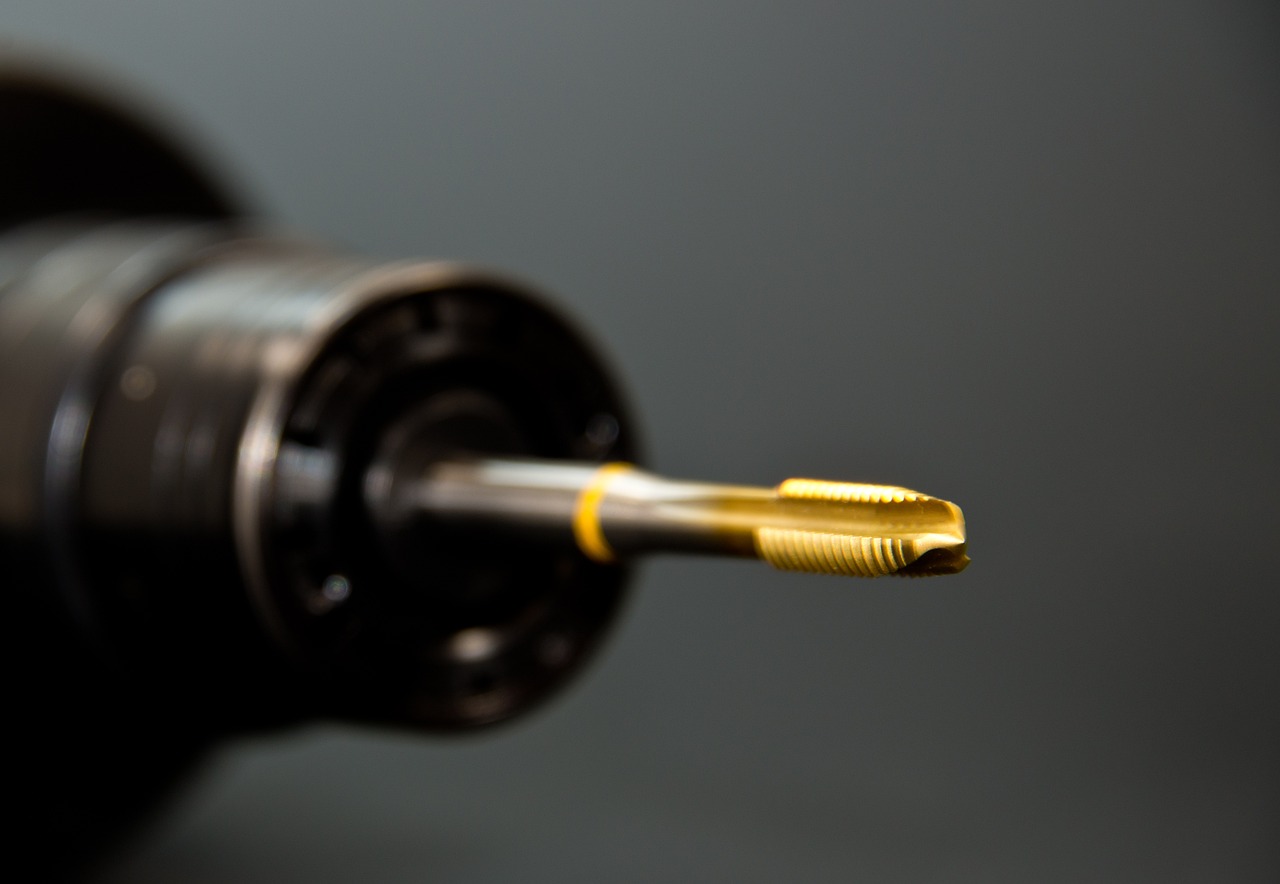
Fostering Teamwork and Communication
When it comes to emergency situations, the strength of a family often lies in its ability to work together as a cohesive unit. Engaging in regular emergency drills not only prepares your household for unforeseen events but also significantly enhances teamwork and communication among family members. Think of it like a sports team practicing plays; the more you practice together, the better you become at executing those plays under pressure. This is crucial when every second counts during an emergency.
During drills, family members learn to rely on each other, understanding that their individual actions can impact the entire group's safety. For instance, during a fire drill, one person may be responsible for checking on younger siblings, while another ensures that pets are accounted for. These roles help to establish a sense of responsibility and trust among family members. As everyone gets to know their specific roles and responsibilities, it fosters a spirit of collaboration that can be invaluable in real-life scenarios.
Effective communication is another vital component that emerges from regular emergency drills. Families often find themselves in high-stress situations during a crisis, where clear and concise communication can make all the difference. By practicing together, family members can develop a common language for emergencies, making it easier to convey important information quickly. This might include using specific terms or signals to indicate when it’s time to evacuate or when someone needs assistance. In essence, drills create a shared understanding that can help eliminate confusion and chaos when it matters most.
Moreover, these drills can serve as a platform for open discussions about safety concerns and personal feelings regarding emergencies. For example, a family member might express fear about the sound of a smoke alarm, leading to a constructive conversation about how to address that fear. This dialogue not only helps to alleviate anxiety but also strengthens family bonds as they work together to support each other. In the end, fostering teamwork and communication through emergency drills transforms a household into a well-prepared unit, ready to face any challenge that comes their way.
In conclusion, regular emergency drills are more than just a safety measure; they are an opportunity to cultivate teamwork and enhance communication within the family. By practicing together, families can build a solid foundation of trust, responsibility, and understanding, ensuring that they are not only prepared for emergencies but also closer as a unit.
- Why are emergency drills important for families? Emergency drills prepare families for unexpected situations, helping them respond effectively and safely.
- How often should we conduct emergency drills? It's recommended to conduct drills at least twice a year, but more frequent practice can enhance readiness.
- What should be included in an emergency drill? Drills should cover evacuation routes, roles for each family member, and communication plans.
- Can emergency drills help reduce anxiety about emergencies? Yes, regular practice can build confidence and reduce fear, making family members feel more prepared.
Frequently Asked Questions
- What are emergency drills and why are they important?
Emergency drills are structured practices that prepare individuals and families for unexpected crisis situations. They are crucial because they help everyone understand their roles, develop appropriate responses, and increase overall safety in the household. By practicing these drills, families can react more effectively during actual emergencies, reducing panic and confusion.
- How often should we conduct emergency drills?
It's recommended to conduct emergency drills at least twice a year. However, the frequency can vary based on your family’s needs, the types of emergencies you might face, and any changes in household dynamics. Regular practice ensures that everyone remains familiar with the procedures, making it easier to respond calmly in a real emergency.
- What types of emergency drills should we practice?
There are several types of emergency drills you can practice, including fire drills, earthquake drills, and medical response drills. Each type focuses on specific scenarios, helping families prepare for various emergencies. Tailoring drills to your household’s unique circumstances can enhance preparedness and response effectiveness.
- How do I create an effective fire escape plan?
Creating a fire escape plan involves mapping out all possible exits, assigning roles to family members, and ensuring everyone knows the meeting point outside the home. Regularly reviewing and practicing this plan is essential, as it helps everyone feel confident and prepared in case of a fire emergency.
- What can we do to make our drills more engaging?
To make drills more engaging, try incorporating games or challenges that encourage teamwork and communication. For example, set a timer for evacuation or simulate different scenarios to keep everyone on their toes. The more interactive and realistic the drills, the better prepared your family will be!
- How do emergency drills benefit family dynamics?
Emergency drills can significantly improve family dynamics by fostering teamwork and communication. When family members practice together, they build trust and collaboration, which can strengthen relationships. Additionally, knowing that everyone is prepared can reduce anxiety and create a sense of security within the household.
- What should we do if someone is unable to participate in the drill?
If a family member is unable to participate in a drill, it's important to ensure they are still aware of the emergency procedures. Take the time to explain the plan to them separately and discuss their role in case of an emergency. This way, everyone is informed and can contribute to the family's safety.
- Are there resources available for planning emergency drills?
Yes! Many local fire departments, emergency management agencies, and online resources provide guidelines and materials for planning effective emergency drills. These resources can help you understand best practices and ensure your family is well-prepared for various situations.



















